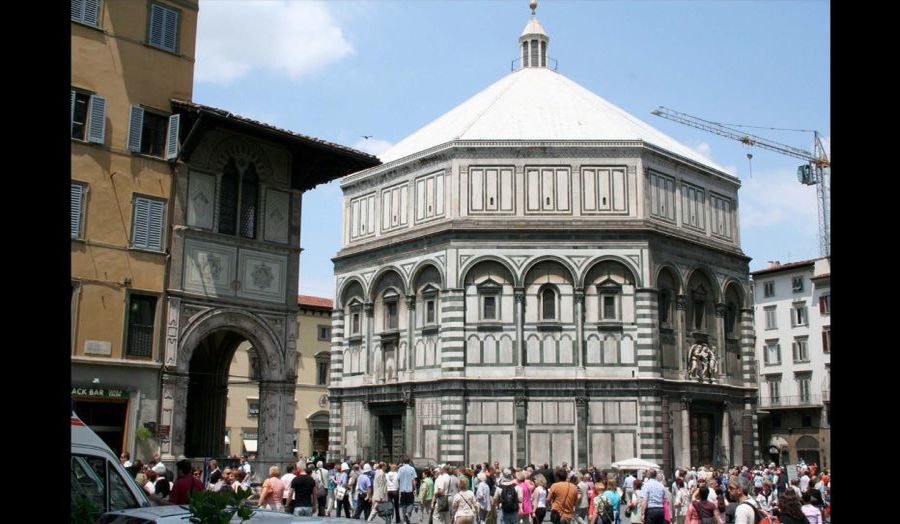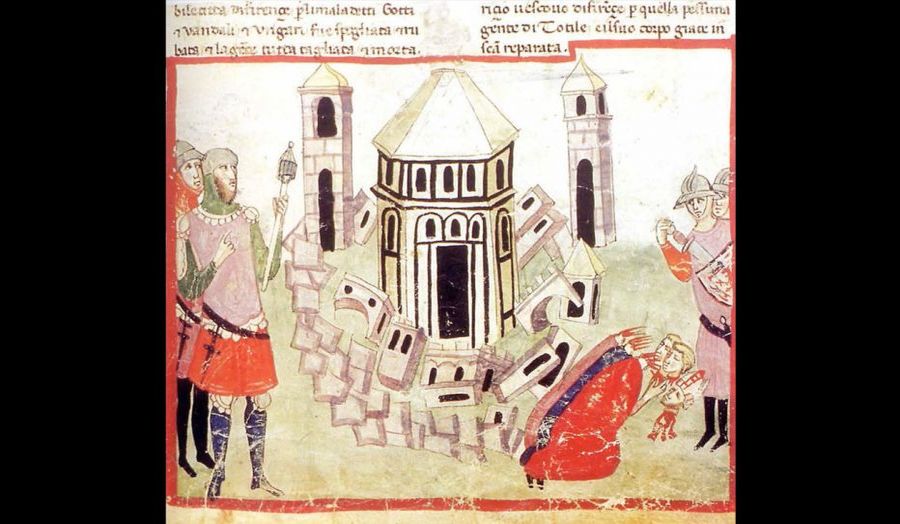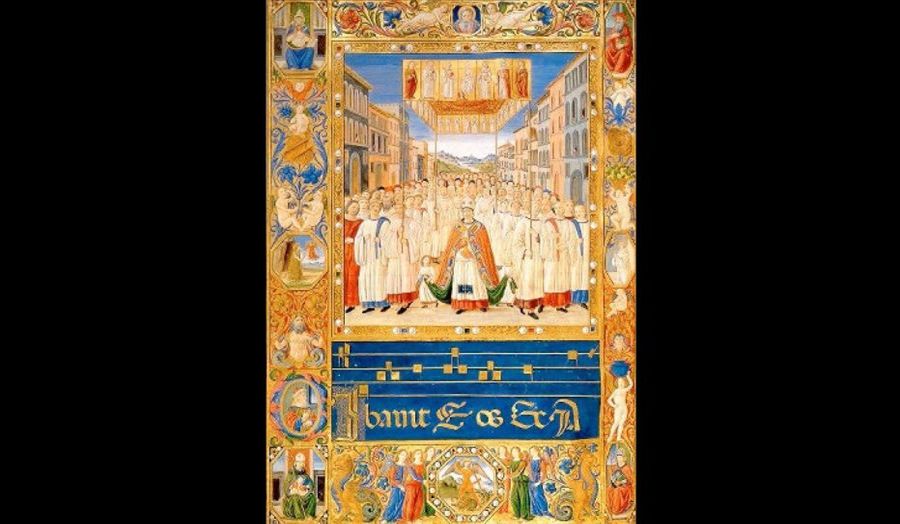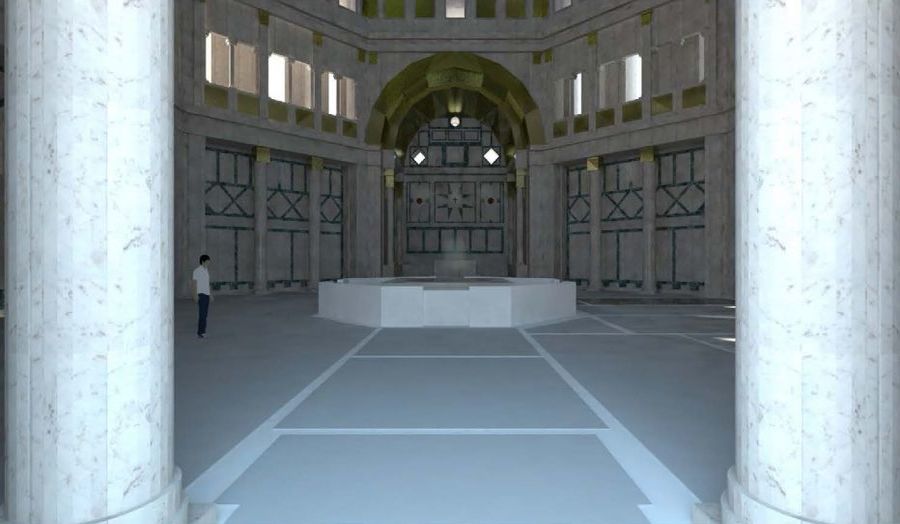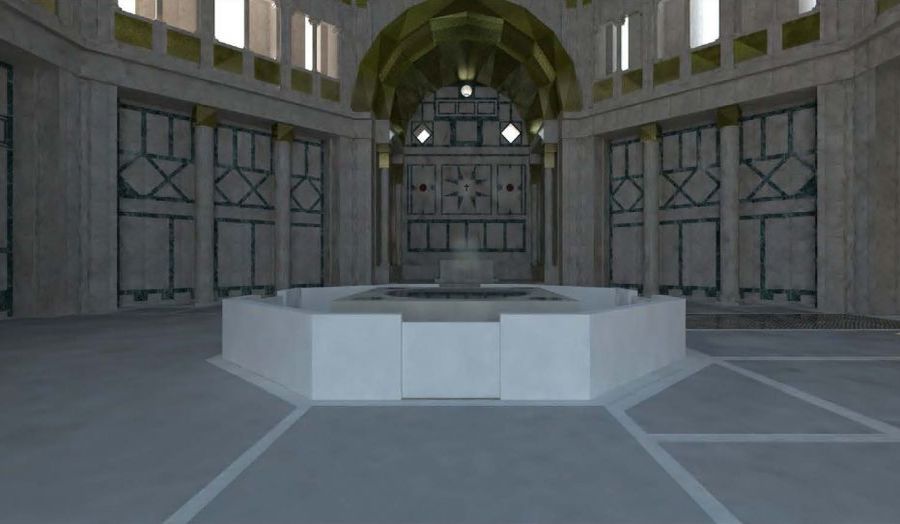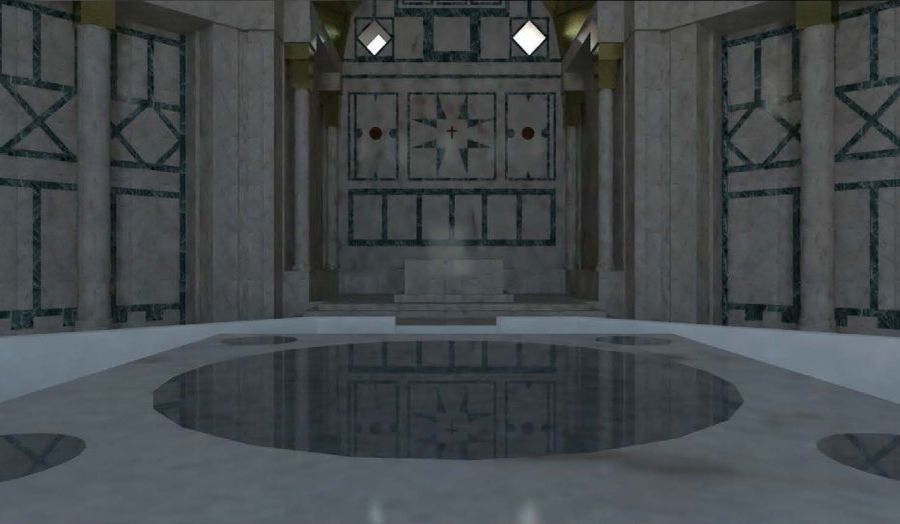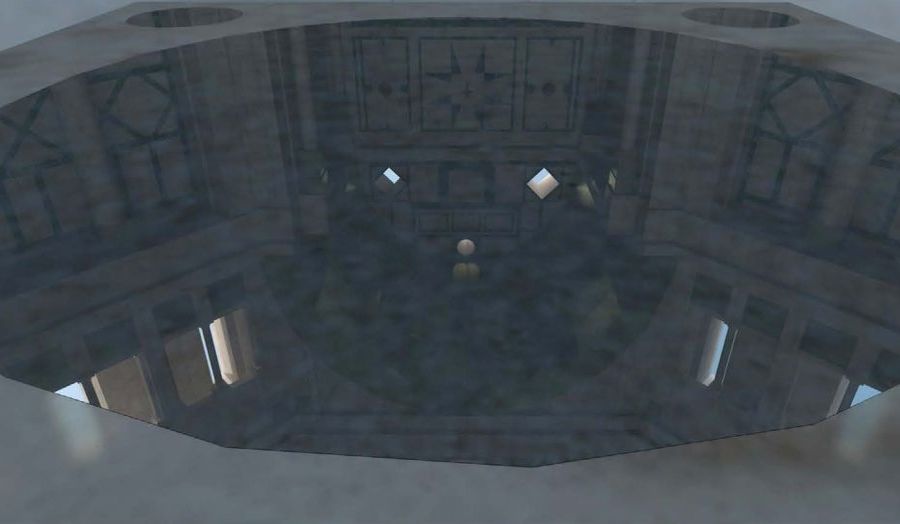Professor Christian Frost is Head of Architecture at the School of Art, Architecture and Design.
.jpg)
Christian Frost
Professor Christian Frost qualified as an architect in 1990 following the completion of his studies at the University of Cambridge. He worked in practice, at home and abroad for over ten years before becoming a full time academic in 2001 when he began to research the history of the foundation of Salisbury which has resulted in the publication of his book Time, Space and Order: The Making of Medieval Salisbury (Peter Lang, 2009).
In 2013 he became Professor of Architecture at the Birmingham School of Architecture developing the school’s research culture and continuing to publish on subjects related to festival and architecture. Since 2019 he has been Head of Architecture at London Met.
Professor Frost’s research interests are built off his work on his postgraduate research in architecture related to the transition from the Roman to Christian ecumene with Dr Dalibor Vesely and Professor Peter Carl. The hermeneutic background to this investigation continues to underpin his research, where phenomenology is understood as a ground for historicity.
More recently topics researched include the architecture of the Middle Ages particularly in relation to medieval culture and church processions and the emerging relationship between architecture and festival in the fifteenth century (including its legacy in contemporary culture). He is currently an active research member of The Centre for Urban and Built Ecologies (CUBE) in the Ecological, Architectural and Civic Humanities in Design (EACHiD) cluster in the school of Art, Architecture and Design at London Met.
Following the publication of his work on the foundation of Salisbury in the thirteenth century and his more recent work on the origins of Florentine civic festival he organised the 14th Architectural Humanities Research Association International Conference entitled "Architecture, Festival and the City" (with associated publications). Professor Frost is scheduled to deliver a keynote at its follow up conference for EURAU (European Symposium on Research in Architecture and Urban Design) in 2021.
Elsewhere, building on his own experience of editing Bishop Robert Grosseteste and Lincoln Cathedral (2014), he has developed the research skills of work colleagues. The research content of the Routledge Grosseteste book (scheduled to come out in paperback), and Time, Space, and Order: The Making of Medieval Salisbury (2009) have led to invitations to present at colloquia on various aspects of medieval culture. For example, in Paris in 2017 at the "Matrice et signum, la croix dans la culture médiévale occidentale" and in 2018 at "The legacy of fundamental structures in Plato’s Timaeus for Medieval and Renaissance Europe" in Durham; a symposium on perspective and visualisation in Huddersfield. Most recently, a lecture entitled "The Legacy of the foundation of Salisbury: Festival Movement and City" given as a part of the eight hundredth anniversary of the laying of the foundation stone of the cathedral.
These papers, along with other recent publications, link his most recent investigation which is entitled "Architecture, Festival and Order: The history and persistence of the Florentine Feast of San Giovanni and its significance as a representation of civic order". All of these outputs are scheduled to be submitted to the REF Panel 34 (Art and Design: History, Practice and Theory) have been ranked as 3* and 4*.
- 2016 to 2019 Architecture and Design Research Coordinator at Birmingham City University
- 2014 to present Visiting Critic in Architecture at London Metropolitan University
- 2013 to 2019 Oscar Naddermier Professor of Architecture, Birmingham City University
- Director of History Theory and Cultural Context
- MArch Dissertation Module Leader and supervisor
- MArch Research and Theory Module Leader
- Part II design Tutor
- Co Author and Advisor to Masters Course: Conservation of the Historic Environment
- 2005 to 2013 Principal Lecturer in Architecture at Kingston University
- 2012 to 2013 Module Leader for all undergraduate History and Theory Modules
- 2004 to 2012 Director of Post Graduate Diploma (ARB part II) + Studio teacher
- 2004 to 2013 School Erasmus coordinator
- 2008 Visiting Critic Amsterdam Academie of Architecture
- 2005 Visiting Critic at the Zürcher Hochschule Winterthur
- 2001 to 2005 Senior Lecturer in Architecture at Kingston University
- 2001 – 2003 Director of First Year at Kingston University
- 1998 to 2001 First Year Studio Teacher, Department of Architecture, University of Cambridge.
- 1993 to 1998 Visiting studio critic for Tripos and Diploma Course. Department of Architecture, University of Cambridge.
Following the publication of his work on the foundation of Salisbury in the thirteenth century and his more recent work on the origins of Florentine civic festival he organised the 14th Architectural Humanities Research Association International Conference entitled Architecture, Festival and the City (with associated publications) and is scheduled to deliver a keynote at its follow up conference for EURAU (European Symposium on Research in Architecture and Urban Design) in 2021.
Book
- Time Space and Order: The making of medieval Salisbury (Peter Lang, November 2009)
Editor
- Architecture, Festival, and the City, Routledge Critiques Series (Routledge; November 2018)
- Guest Editor of the Journal Architecture and Culture, (Vol 6, Issue 3, November 2018)
- Bishop Robert Grosseteste and Lincoln Cathedral: Tracing Relationships between Medieval Concepts of Order and Built Form (Ashgate: 2014). With John Shannon Hendix and Nick Temple
Chapters
- “Transmission of Classical Ideas from the Middle Ages: from the Liberal Arts to Hierarchies of Understanding” in The Routledge Handbook on the Reception of Classical Architecture, edited by Nicholas Temple, Andrzej Piotrowski & Juan Manuel Heredia (Routledge; 2019).
- “The Calcio Storico in Florence: Agonistic Ritual as Civic Order”, in Architecture, Festival, and the City, Routledge Critiques Series (Routledge; November 2018)
- “Tradition and Historicism in the Remodelling of Tate Britain”, in The Living Tradition of Architecture (Routledge, 2016)
- “Architecture, Liturgy and Processions: Bishop Grosseteste’s Lincoln and Bishop Poore’s Salisbury” in Bishop Robert Grosseteste and Lincoln Cathedral: Tracing Relationships between Medieval Concepts of Order and Built Form (Ashgate: 2014)
- “Gothic Art and Architecture” entry in the revised edition of the Oxford Dictionary of Christian Art and Architecture (OUP, September 2013)
Articles
- “Festival and Tradition in Contemporary Florence”, in the Journal of Urban Culture Studies Vol. 3; Issue 2. (2016). p. 239-254
- “Reclaiming Architectural History: The Baptistery of San Giovanni in Florence’”in Art History Supplement Vol 3, Issue 4, 2013
- “Changing Salisbury: an argument for a return to poetic ordering of urban space following three hundred years of objectification”. International Journal of Heritage and Sustainable Development, Vol.1 issue 1, 2011. p. 17-31
- “The Symbolic Move to New Sarum – An investigation into the move from Old Sarum to New Sarum using Two Contemporary Sources.” The Wiltshire Archaeological and Natural History Magazine, Volume 98, 2005.p.155 – 164.
- “Models; A Critique.” Scroope – The Journal of the Cambridge School of Architecture, Issue 1, Spring 1989.
Conference papers
- “Commercial Activity, Competition and Identity in the Festive life of Florence from the Middle Ages”, Architecture and Collective Life, the 16th AHRA Conference (University of Dundee: 21st-23rd November 2019)
- “Plato’s Timaeus: Movement, Medieval Architecture, and the City”. Durham Conference on the legacy of the Timaeus (Durham University: 14-16 March 2018)
- “The Calcio Storico in Florence: Agonistic Ritual as Civic Order” Architecture, Festival, and the City, the 14th AHRA Conference (Birmingham City University; 16-18th November 2017)
- “Orientations of the Divine in Medieval Urbanism” at the Symposium Matrice et signum. La croix dans la culture médiévale occidentale: histoire de l'art et anthropologie (Institut national d’histoire de l’art, 14th, 15th et 16th June 2017)
- “Public and private women in late medieval Florence and the emergence of the civic palazzo”, Architecture, Ecologies, Economies, Technologies & Feminism, the 13th AHRA Conference (KTH, Stockholm; 17-19th November 2016)
- “Fragment, Material and Craft: A continuing tradition”, The Cultural Significance of Architecture: In Memory of Dalibor Vesely (Emmanuel College, 11th April 2016)
- “The Feast of San Giovanni: The legacy of the Medieval Court, festival and ritual in Contemporary Florence”, Urban Cultures ant the Crossroads, Dubrovnik, Croatia, 14-16th September 2015
- “Architecture, The Gothic Revival and the Printing Press”. MIVSS Seminar Keynote address, 2015
- “Tradition and Historicism in Caruso St John’s Remodelling of Tate Britain”, REHAB 2014: Preservation, Maintenance and Rehabilitation of Historical Buildings and Structures. Greenlines Institute, Tomar, Portugal, 19-21st March 2014
- “Festival Representation under the Early Bishopric of Robert Grosseteste” in Architecture as Cosmology: Lincoln Cathedral and Bishop Robert Grosseteste (1235–53), Lincoln Cathedral, 21–22nd January 2012
- “Gathering Spaces: the remaking of public space in the City of London”. Economy Conference 2011, WSA Cardiff University, July 2011
- “Salisbury as Palimpsest – meaning, order and progress in the evolution of a modern city”, Heritage 2010, Evora, Portugal June 2010
- “Revealing Processional temporality through digital technology”, Conference entitled ‘Humanities in Design Creativity’, Lincoln University, November 2007
- “Threshold and Orientation in the Medieval Plan of Salisbury”, International Medieval Conference (IMC) Leeds 2007. Invited into session.
- “Aspects of Meaning in the Plan of Medieval Salisbury”, invited POMLAS workshop at Queens University Belfast Feb. 2007
- “Taming the Dragon of Salisbury – An investigation to the foundation ceremony for the new city of Salisbury”, Medieval conference in Kalamazoo 2006.
- “The Architecture of Baptism – San Giovanni in Florence”, International Medieval Conference (IMC) Leeds 2005.
Architecture, festival and order: the history and persistence in the Florentine Feast of San Giovanni and its significance to the city's civic identity
Supervisors:
Dr Matthew Barac and Nabil Ahmed
Abstract from Christian Frost's full thesis:
The Feast Day of San Giovanni is still a significant day for Florence. Since its revival in the 1930s – but also throughout much of the city’s history – every year church processions and civic parades have been augmented by a series of other events that together combine to represent the city to itself and to others. This representation is not a mask that conceals Florence’s "true" identity, or one that invents something that is not present, but, even in today’s information driven world, an authentic manifestation of the city where everyday relationships and actions – both historic and contemporary – are elevated to become the focus of different representations.
This thesis examines these ritual and ceremonial settings – from an urban to an architectural scale – particularly in relation to the evolution of the Feast of S Giovanni – first documented in the thirteenth century by Villani (1276-1348) – with the intention of discovering how this order helped to structure the transformation of civic identity from its Roman and feudal origins into late medieval humanism, and how this then established the basis future manifestations of civic order, such as that of the Medici Dukes from the sixteenth century onwards, and the fascists of the twentieth century.
Prof. Frost has been awarded grants to support his research on Salisbury and Florence. His expertise in the area of festival, procession and architecture have led him to be a part of several research funding applications. Most recently, he is a part of a bid looking at the relationship of architecture to seventeenth century performance practice in Coventry Cathedral due for submission in 2020.
- 2020 – Reviewer for The Plan Journal
- 2016-2019 – External Examiner BA(Hons) Architecture, University of Plymouth
- 2013-present – Member of the New Courses and Course Change Committee at the RIBA.
- 2013-present – Consultant for the RIBA on New Courses and Course Changes
- 2013-present – Member of the Membership Eligibility Assessment Panel, RIBA
- 2012 and 2014 – Member of Scientific Committee for the 3rd International Conference on Heritage and Sustainable Development in Portugal
- 2012 – Book proposal reviewer for Routledge
- 2011-present – Member of The Association for Studies in the Conservation of Historic Buildings (ASCHB)
- 2009-2013 – External Examiner for the MA Architectural Design, De Montfort University, Leicester
- 2009-present – National and International RIBA Visiting Panel Chair
Prof. Frost has recently been a part of the eight-hundredth anniversary of the foundation of Salisbury Cathedral, where he presented a public lecture entitled "The Legacy of the foundation of Salisbury: Festival Movement and City". He has also recently been interviewed regarding the effect of Covid regulations on the progression and education of current architecture students.
Professor Christian Frost PhD RIBA
Head of Architecture
c.frost@londonmet.ac.uk

